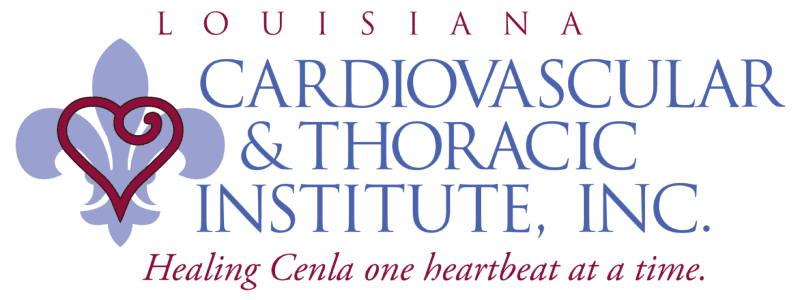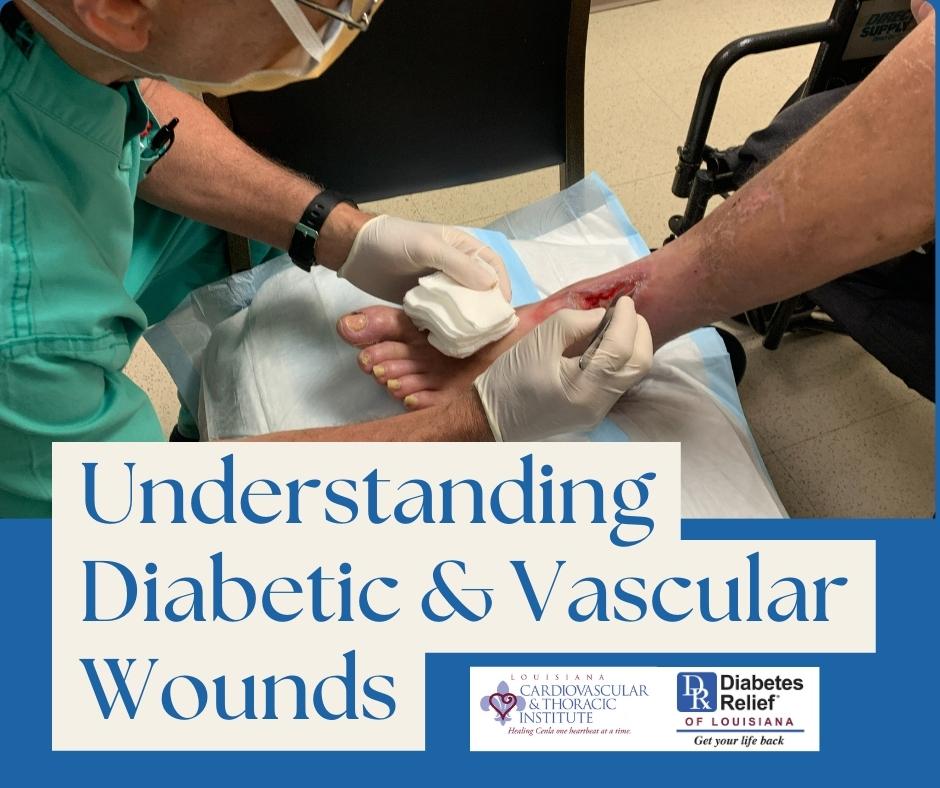Understanding Diabetic and Vascular Wounds:
Welcome to LACVT’s monthly blog. In this edition, we will highlight diabetic and vascular wounds, shedding light on their development, key signs to watch out for, and when it is crucial to seek professional treatment. By understanding these aspects, we can empower individuals to take proactive measures to prevent complications and promote optimal wound healing.
- Diabetic Wounds: Diabetic wounds are a common concern for individuals living with diabetes. High blood sugar levels can lead to a range of complications, including poor circulation and nerve damage. This combination significantly increases the risk of developing foot ulcers and other types of wounds. Here is how diabetic wounds typically develop:
a. Peripheral Neuropathy: Nerve damage, often associated with diabetes, can result in loss of sensation in the feet. This diminishes the ability to detect injuries or pressure points.
b. Poor Circulation: Diabetes can cause damage to blood vessels, leading to reduced blood flow to the extremities. Inadequate circulation slows down the healing process and makes wounds more susceptible to infections.
Signs of Diabetic Wounds: If you have diabetes, it is important to be vigilant for ANY signs of potential wounds. Watch out for the following symptoms:
- Persistent redness, warmth, or swelling in the foot or leg
- Open sores or ulcers that do not heal within a reasonable time frame
- Pain, tenderness, or a tingling sensation in the affected area
- Appearance of thickened, discolored, or brittle toenails
- Drainage or foul odor emanating from a wound
When to Seek Treatment: To prevent complications and promote timely healing, it is crucial to seek professional treatment for diabetic wounds under the following circumstances:
- If you have a wound that does not improve or heal within two weeks
- If you notice signs of infection, such as increased pain, redness, or drainage
- If you experience a sudden increase in pain, especially if accompanied by fever
- If you have ANY concerns about a wound, it is always better to err on the side of caution and consult a healthcare professional promptly
2. Vascular Wounds: Vascular wounds result from compromised blood flow due to various vascular conditions. These wounds typically arise from underlying arterial or venous insufficiency. Here is an overview of how vascular wounds develop:
a. Arterial Insufficiency: Narrowed or blocked arteries restrict blood flow, leading to tissue damage and impaired wound healing. Conditions such as peripheral artery disease (PAD) commonly contribute to arterial insufficiency.
b. Venous Insufficiency: Damaged or weakened veins can impair the return of blood from the extremities to the heart, resulting in pooling of blood and swelling. This can cause venous ulcers to form, especially in the lower legs.
Signs of Vascular Wounds: Recognizing the signs of vascular wound is crucial for early intervention and improved outcomes. Look out for the following indicators:
- Pain or aching sensation in the affected limb
- Swelling or edema in the lower legs, ankles, or feet
- Skin discoloration, typically brownish or purplish
- Presence of open sores or ulcers, often shallow with irregular edges
- Development of itchy or scaly skin, indicating poor circulation
When To Seek Treatment: If you suspect a vascular wound, it is vital to seek professional care promptly. Consider the following scenarios when determining the need for treatment:
- If you notice an open sore or ulcer that shows no improvement within a few weeks
- If the wound becomes infected, presenting with increased redness, warmth, pain, or pus
- If you experience severe pain, especially during movement or at rest
- If you notice any sudden changes in the appearance or sensation of your legs or feet
Early detection and timely treatment are paramount when it comes to managing diabetic and vascular wound. By recognizing the signs and symptoms, individuals can seek appropriate medical attention at the right time, thereby reducing the risk of complications and improving overall outcomes.
Remember, our dedicated Wound Care Department at LACVT is here to provide comprehensive care, support, and expertise to help you on your healing journey. If you are in need of a consultation for diabetic or vascular wounds, call us at 318-442-0106. We are here to help.



0 Comments